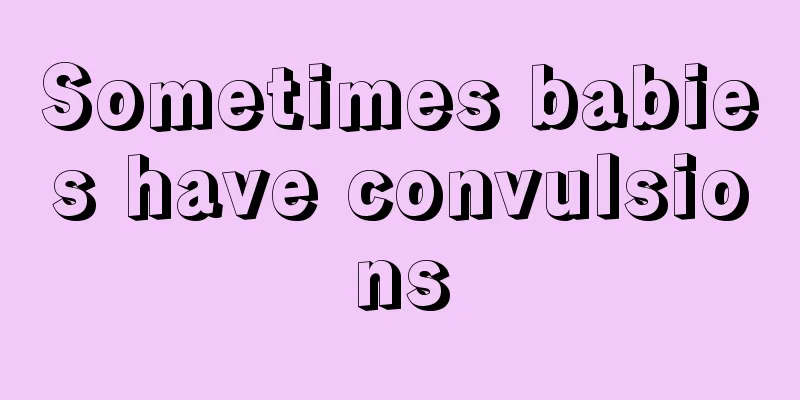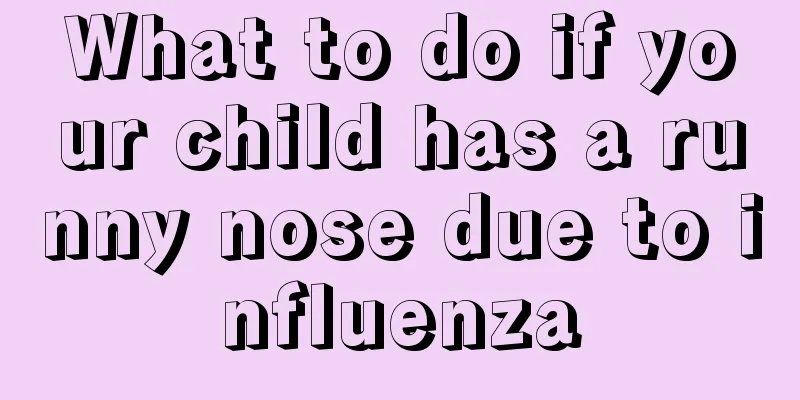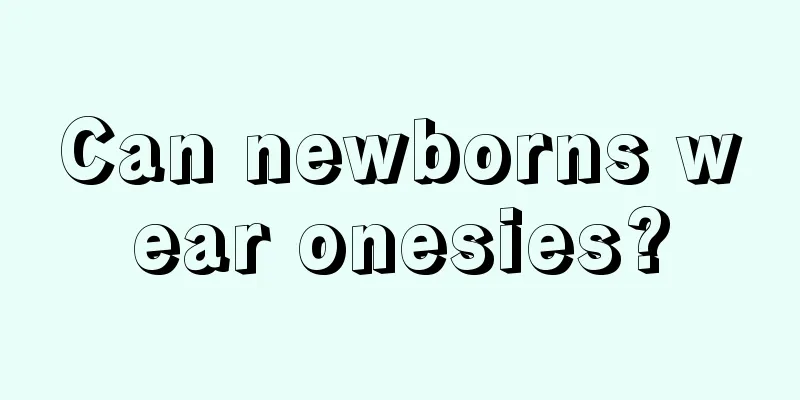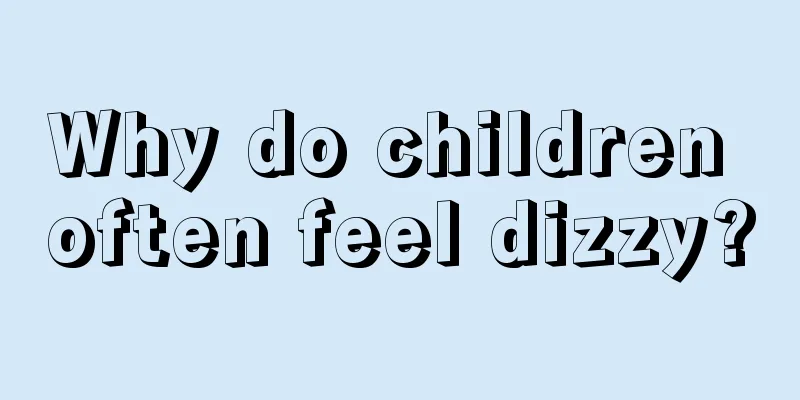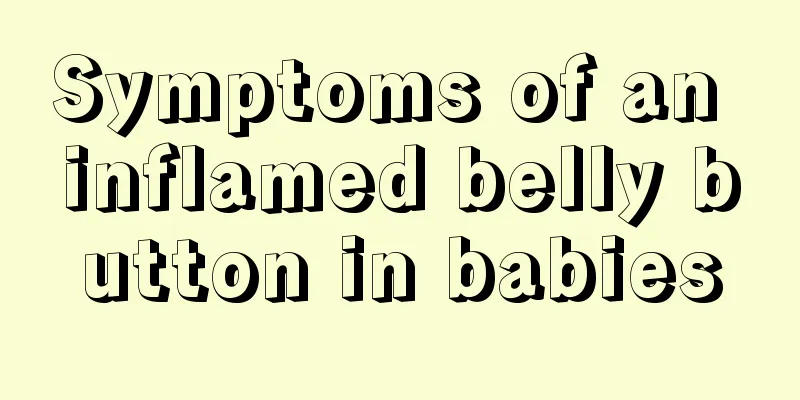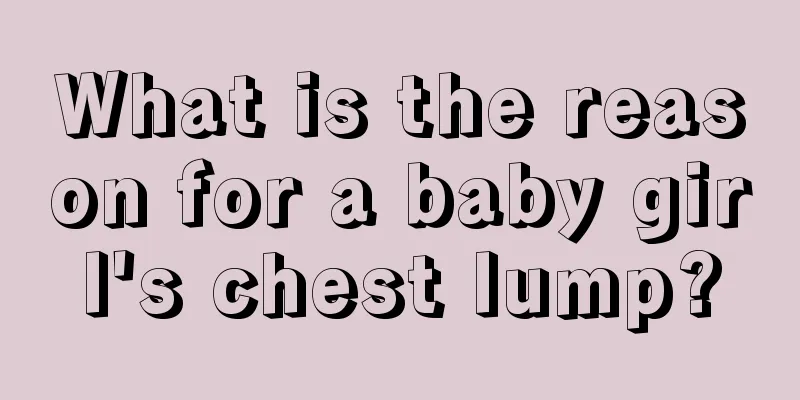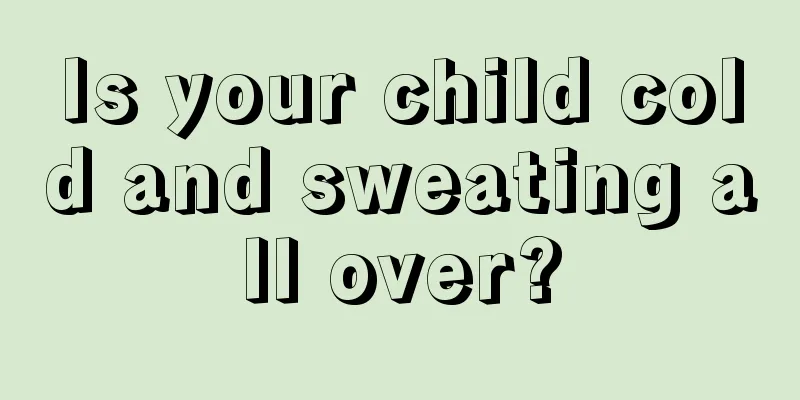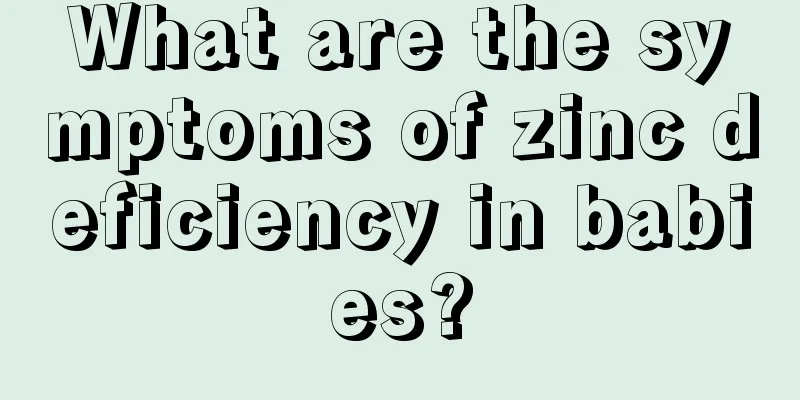What are the symptoms of facial paralysis in children?
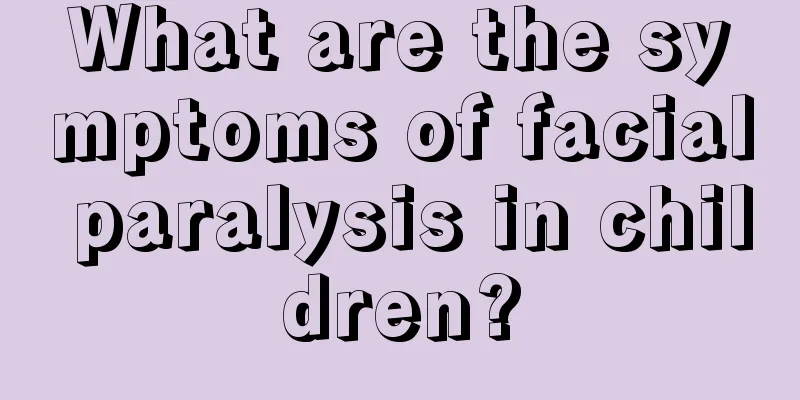
|
In today's social life, children are the treasure of a family and a piece of flesh and blood in every parent's heart. If a child shows certain symptoms of illness, parents will definitely be anxious and try every means to seek medical treatment and medicine. As long as there is a glimmer of hope, they will never give up. Therefore, children’s health is the top priority for every parent. What are the symptoms of facial paralysis in children? 1 The most special manifestation of facial paralysis in children is that the child's tongue will become numb, one side of the face will become insensitive, and the eye on the insensitive side of the face cannot be completely closed. When rinsing the mouth or brushing the teeth, the child will not be able to hold water in his mouth. 2 The most special manifestation of facial paralysis in children is that the child's tongue will become numb, one side of the face will become insensitive, and the eye on the insensitive side of the face cannot be completely closed. When rinsing the mouth or brushing the teeth, the child will not be able to hold water in his mouth. 3 When a child with facial paralysis speaks, his lip sounds are unclear. Especially for children with facial paralysis, their articulation is particularly unclear when eating. This is mainly because the cheek muscles of children with facial paralysis are numb, and food is often stored between the gums and cheek muscles. In bilateral peripheral facial paralysis, the face has no expression, the bilateral forehead wrinkles are missing, Bell's sign is positive, and the eyes cannot be closed. The bilateral nasolabial grooves become shallower, the lips cannot be closed tightly, water leaks from the corners of the mouth, food remains in the cheeks, and the speech is slightly slurred when eating. Precautions What are the early manifestations of facial paralysis in children? Facial paralysis in children needs to be discovered and treated in time to avoid making it more difficult to treat due to untimely discovery. 4 Early Warning Symptoms of Facial Paralysis The frontalis muscle is uneven in height: the muscle lines on the affected side of the patient's forehead become shallower, the texture disappears, and the function of the frontalis muscle is limited. When frowning, the frontalis muscle on the healthy side is higher and the frontalis muscle on the affected side is lower, presenting an uneven step shape. Difficulty closing the upper and lower eyelids: Due to paralysis of the orbicularis oculi muscle on the affected side, the upper and lower eyelids cannot close naturally, a gap of several millimeters appears, the upper eyelid is unable to lift up, the lower eyelid is everted, and tears flow out. Nostrils become smaller and thinner: The patient has obvious nasal symptoms, the nasolabial groove on the affected side becomes shorter and shallower, and in severe cases, the nasolabial groove disappears, the nose wing becomes deformed, the nostrils become smaller and thinner, and the nostrils are not the same size. The lip bead causes air leakage due to puffing of the cheeks: the shape of the mouth fissure changes, the philtrum groove shifts, and the mouth opening is restricted, especially due to paralysis of the orbicularis oris muscle, the lip bead cannot be focused up and down, resulting in air leakage due to puffing of the cheeks. In addition to these precursors, facial paralysis also has symptoms such as decreased cheek muscle tension, limited chewing, changes in taste, drooling, and dry mouth. After reading the above introduction to the symptoms of facial paralysis in children, I think everyone should have some understanding. There are many symptoms of facial paralysis in children. Parents should correctly understand and master the relevant knowledge in this regard, and find improvement and treatment methods suitable for their children based on their symptoms. Parents should pay attention to their children's symptoms and detect and treat them early. |
<<: What are the harms of smoking among teenagers?
>>: What are the symptoms of facial paralysis in children?
Recommend
What to do if your child is more immature than his peers
Children in any family are cared for by their par...
What to do if your child has a rash
Parents are very worried once a child has a probl...
What to do if your child is afraid of people
It is very common for children to be afraid of st...
Do babies usually need pillows when sleeping?
Just after the newborn is born. The brain and all...
Can children eat red ginseng?
It is best not to let children eat red ginseng, a...
Is fluid therapy effective for pediatric enteritis?
Many children suffer from enteritis problems, whi...
Why is the baby's upper eyelid red and swollen?
There are many reasons for redness and swelling o...
6-7 year old children crying in the middle of the night
Children aged six or seven often cry in the middl...
What to do if students' memory declines
We know that students need to use their brains fo...
What should I do if my child has a learning disability? Parents, please remember these methods
Every parent hopes that their child will study we...
What is the best food for a 4-year-old child with constipation?
Constipation is unlikely to happen to children. T...
What should I do if my baby has allergies around his mouth?
Nowadays, allergies are still related to personal...
What can children eat to grow taller the fastest?
During the development period of children, it is ...
How many months can a baby eat in a dining chair?
My baby is 7 months old. I don't know at what...
Height and weight standard for 100-day-old babies
The height and weight of a 100-day-old baby shoul...
